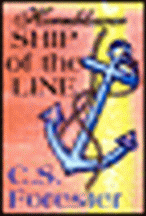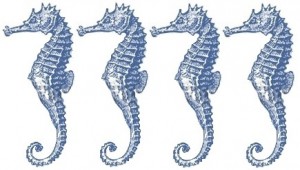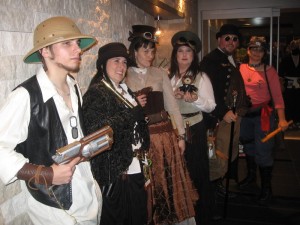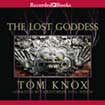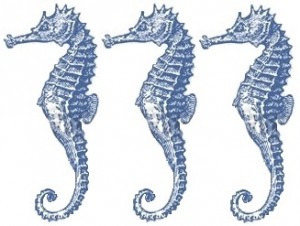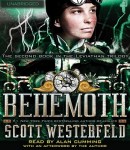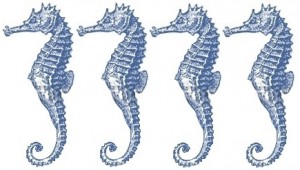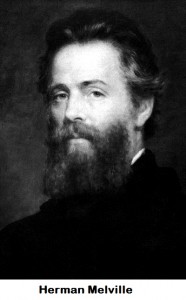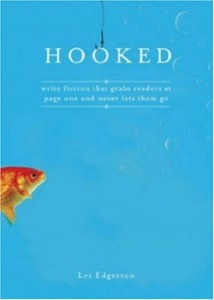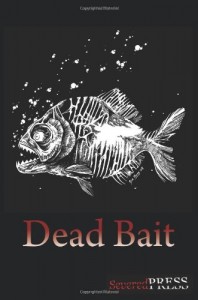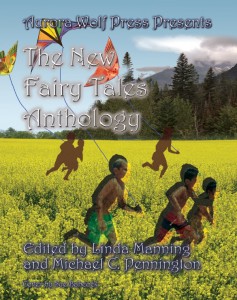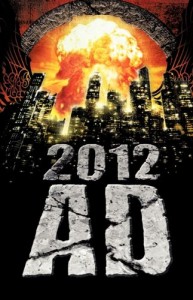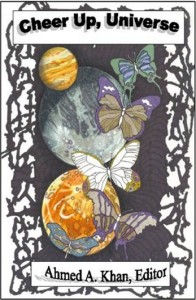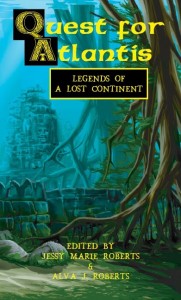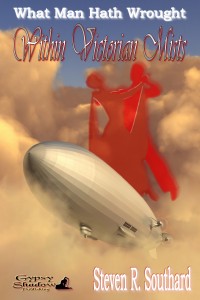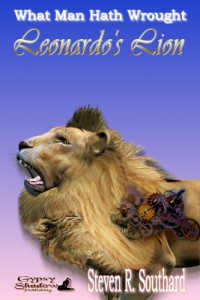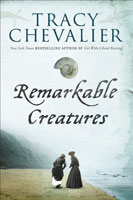Authors are having a lot of fun playing among the traditional genres these days. In an era when Pride and Prejudice and Zombies, Abraham Lincoln, Vampire Hunter, and the movies “Ninjas vs. Vampires” and “Cowboys and Aliens” are popular, we might well question whether the term ‘genre’ has any meaning any more.
What is (or was) a genre? It’s “a category of artistic works based on form, style, or subject matter, into which artistic works of all kinds can be divided.” In its entry on genre fiction, Wikipedia provides the following list: Action-adventure, Crime, Detective, Fantasy, Horror, Inspirational, Mystery, Romance, Science Fiction, and Western. People can dispute that listing but let’s accept it for the time being.
Having a set of well-established genres into which any fiction book fits comfortably within a group is a nice arrangement for bookstores. Booksellers know just where to shelve any new book that arrives. Moreover, readers know where to look for their favorite types of stories. That was the situation up until roughly when the millennium turned over. In fact, experts used to discourage new authors from writing mixed genre novels because “bookstores won’t know where to shelve your book, and such books have limited appeal to readers.”
Well, forget all that! Somewhere around the time people stopped going to brick-and-mortar bookstores to buy books, many readers started getting bored with the traditional genres. They caught up with the authors, who had long been bored with them and ached to stir things up. Now it’s the bookstores playing catch-up.
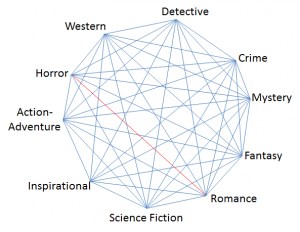 Consider the problem for a bookstore. Imagine a line connecting two genres, say Romance and Horror. A given book could be at the midpoint of that line, half Romance and half Horror, or it could be at any point along that line. Now add all the other genres and connect each. Quite a network! Moreover, we only considered mixing genres two at a time, but you could combine three or more. Given all that, how are you going to arrange the shelves in your bookstore?
Consider the problem for a bookstore. Imagine a line connecting two genres, say Romance and Horror. A given book could be at the midpoint of that line, half Romance and half Horror, or it could be at any point along that line. Now add all the other genres and connect each. Quite a network! Moreover, we only considered mixing genres two at a time, but you could combine three or more. Given all that, how are you going to arrange the shelves in your bookstore?
But what if your bookstore is online and has a virtually unlimited number and arrangement of shelves? What if your reader customers are demanding nontraditional stories? What if those customers can type any combination of terms in the search feature of your website to see what you’re offering? Suddenly it’s not necessary for a budding author to try to force-fit a story into one and only one of the established genres.
 The situation is one of definition, like the duck-billed platypus, which once created a problem for zoologists. Is it a bird or a mammal? It must certainly be one or the other. It turns out the problem does not lie with the platypus, but with our categories, our definitions. Similarly, genres are categories with fuzzy–even overlapping–boundaries. Some stories fit snugly near the center of a genre’s definition. Others lie out near the edge, still within the boundary, but also within the boundary of another genre.
The situation is one of definition, like the duck-billed platypus, which once created a problem for zoologists. Is it a bird or a mammal? It must certainly be one or the other. It turns out the problem does not lie with the platypus, but with our categories, our definitions. Similarly, genres are categories with fuzzy–even overlapping–boundaries. Some stories fit snugly near the center of a genre’s definition. Others lie out near the edge, still within the boundary, but also within the boundary of another genre.
So I advise you to write the story you want to write, without regard to genres. It’s a new age, an era without rigid categories, sans genres. Readers out there seem ready for some experimentation, some departures from tradition. When you hit that magic combination that amazes the world and propels you to fame and fortune, write down how grateful you are, enclose a fat check, and mail it to–
Poseidon’s Scribe

